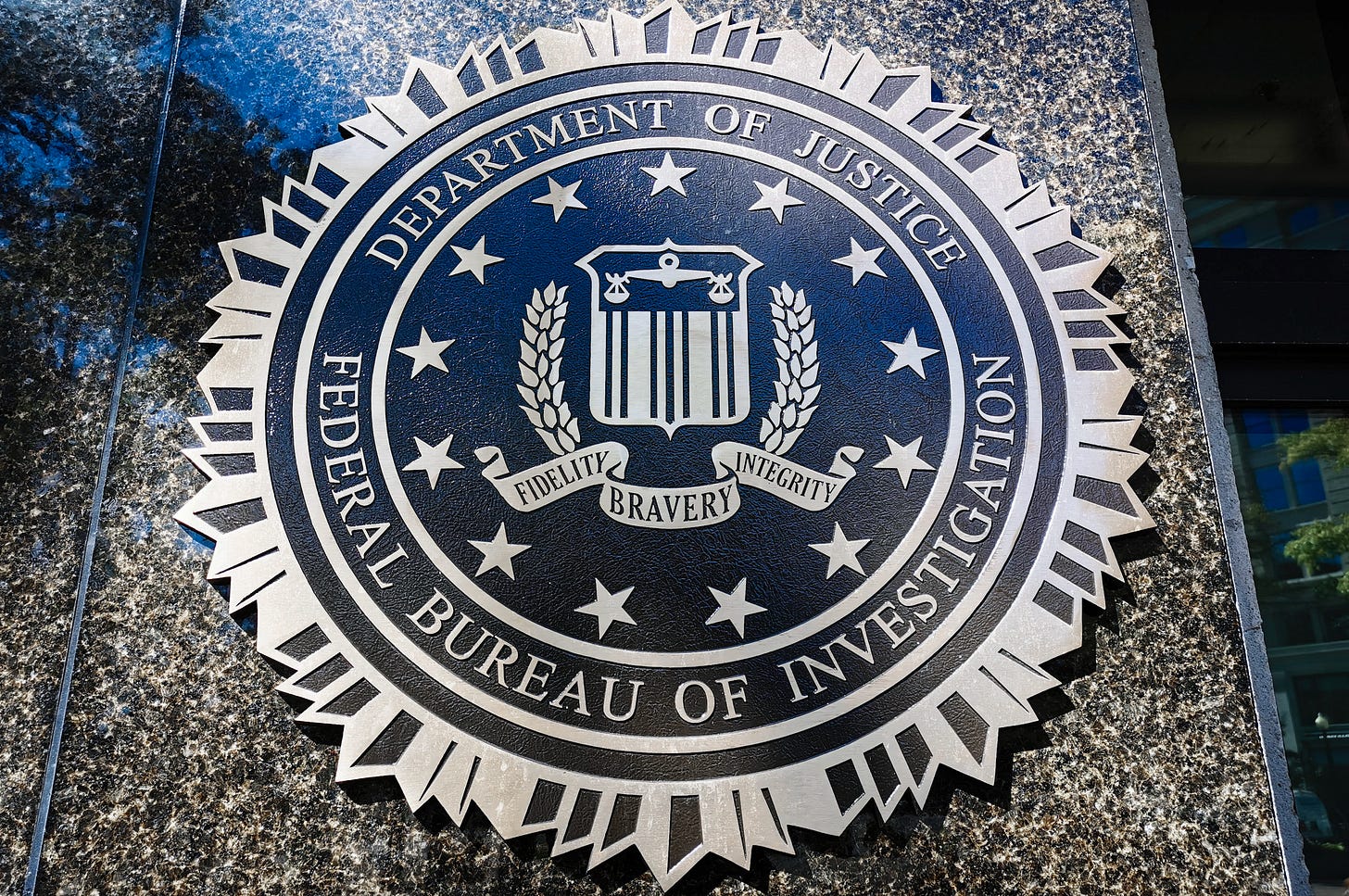From the Twitter Files: Twitter, The FBI Subsidiary
The latest documents show, in bulk, the grotesque master-canine relationship between the FBI and Twitter
The Twitter Files has to be the craziest story in the history of journalism. There’s new drama every three minutes, it seems. The latest development had my phone blowing up with queries from multiple outlets. These included the New York Times and the Washington Post, two papers which didn’t call after the original story (although the Post, amusingly, did take time to temporarily label me a “conservative journalist”) but are suddenly hot for comment now.



